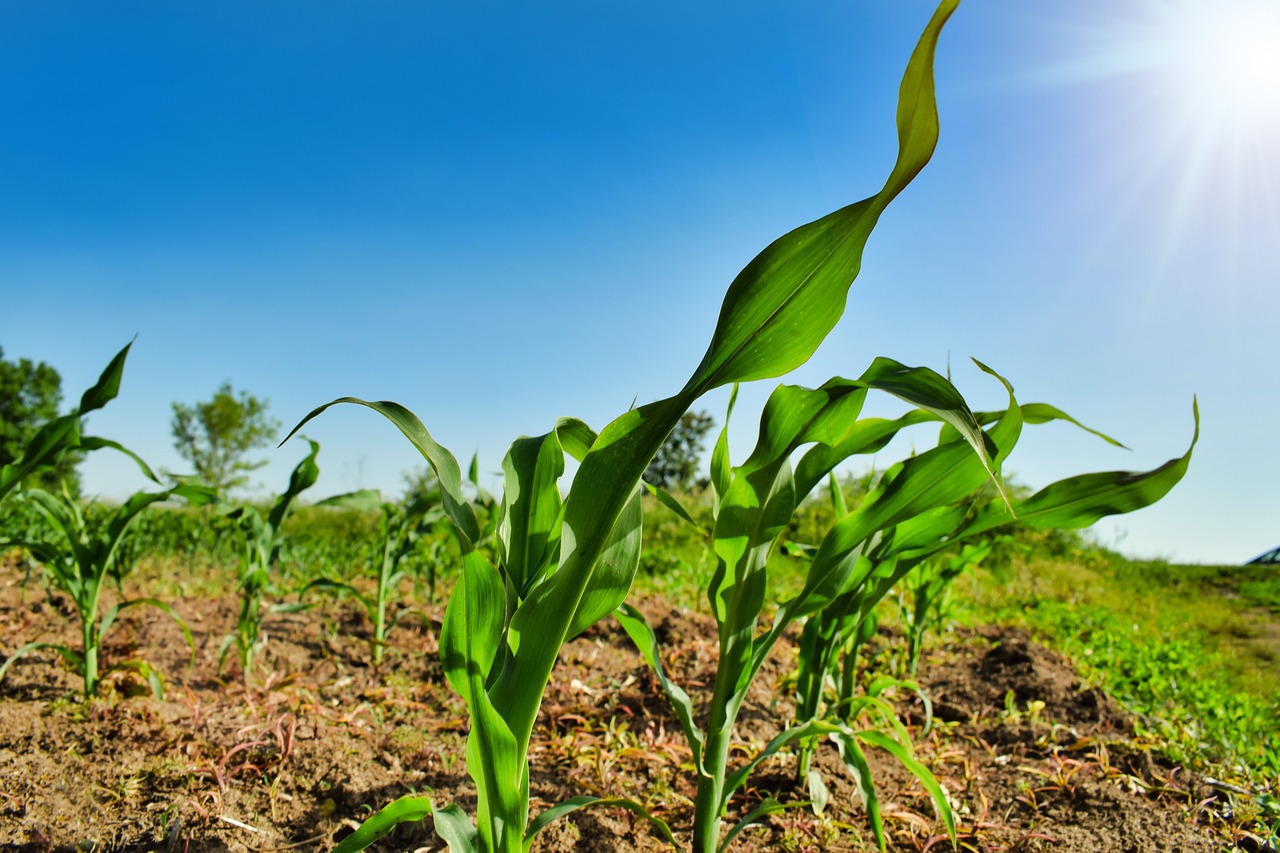Unveiling the Silent Power of Urban Farming
Urban farming, a once-distant concept, has now become an integral part of our modern cities. This growing movement is transforming the way we perceive food production and consumption. Not just a trend, urban farming holds immense potential to reshape our societal landscape. Read below to explore the fascinating world of urban farming and its profound implications.

From Rooftops to Backyards: The Emergence of Urban Farming
Urban farming, the practice of cultivating, processing, and distributing food in or around urban areas, is not a new concept. It has its roots in the Victory Gardens of World War II, which were created to supplement food shortages during war times. Over the decades, urban farming has evolved and adapted to the changing societal and environmental contexts. Today, urban farms exist in various forms, ranging from community gardens to high-tech vertical farms, sprouting amidst the concrete landscapes of our cities.
The Green Shift: Urban Farming in Contemporary Society
The resurgence of urban farming in recent years is driven by various factors. The increasing awareness about healthy and organic eating, concerns over food security and the desire for self-sufficiency, and the growing interest in sustainable living have all contributed to this green shift. Urban farming is now being embraced as a solution to some of our most pressing societal challenges, including food insecurity, urban heat islands, and social inequality.
Revolutionizing Food Systems: The Impact of Urban Farming
Urban farming is not just about growing food in the city. It is a revolutionary movement that is transforming our food systems and reshaping the urban landscape. By bringing food production closer to consumers, urban farming reduces food miles, minimizes waste, and promotes local and seasonal eating. Moreover, urban farms serve as green spaces that enhance urban biodiversity, improve air quality, and mitigate the urban heat island effect. They also provide educational opportunities and foster community engagement, contributing to social cohesion and resilience.
Innovations and Challenges: The Future of Urban Farming
While urban farming is gaining momentum, it also faces several challenges. Land availability, soil contamination, water management, and regulatory issues are some of the major obstacles. However, innovative solutions are emerging to overcome these challenges. Vertical farming, hydroponics, and aquaponics are some of the advanced techniques that are making urban farming more efficient and sustainable. The future of urban farming lies in the integration of these innovative technologies with traditional farming practices.
Redefining our Relationship with Food: The Societal Implications of Urban Farming
Urban farming is not just a method of food production; it is a catalyst for societal change. By empowering individuals and communities to grow their own food, urban farming fosters a sense of responsibility and connection with nature. It challenges the prevalent consumerist culture and encourages a shift towards a more sustainable and mindful way of living. As urban farming continues to grow, it holds the promise of a greener, healthier, and more resilient future for our cities and societies.
Urban farming is a fascinating and complex phenomenon that reflects the changing dynamics of our society. It is a testament to human innovation and resilience, and a beacon of hope for a sustainable future. As we continue to explore the potential of urban farming, it is crucial to understand its historical roots, current trends, and future prospects. Only by doing so can we fully appreciate its transformative power and ensure its successful integration into our urban landscapes.




